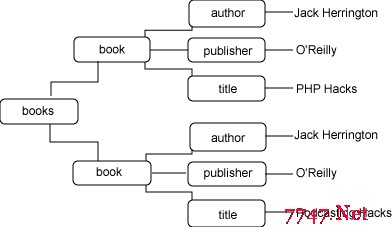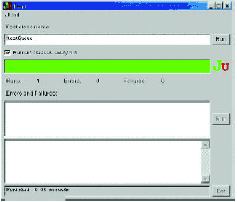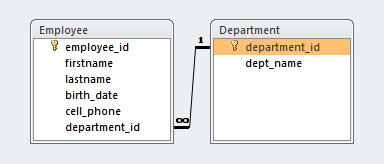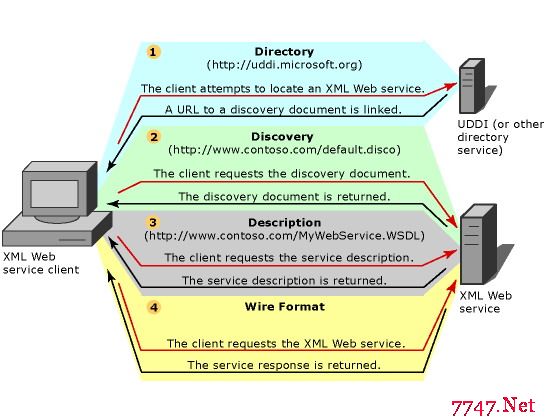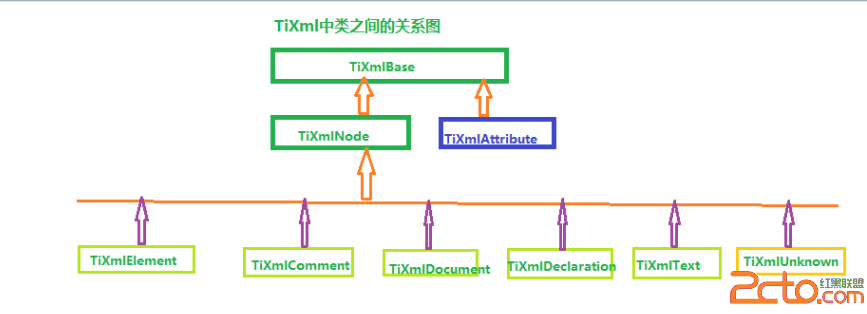ASP.NET创建XML Web服务全接触(13)
支持XML Web服务的事务利用公共语言运行期中的支持,其是基于Microsoft Transaction Server ( MTS)和COM+ Services中相同的分布式事务模型。该模型基于明确的判断一个对象是否参与一个事务,而不是编写特定的代码用来处理委托和回调一个事务。对于一个使用ASP.NET创建的XML Web服务,你可以通过设置其应用到一个XML Web服务方法上的WebMethod属性的TransactionOption属性来声明一个XML Web服务的事务行为。如果该XML Web服务方法执行的时候抛出一个异常,那么该事务自动地结束;相反,如果没有发生异常,该事务自动委托。
WebMethod属性的TransactionOption属性规定一个XML Web服务方法如何参与一个事务。虽然这个声明级别表示一个事务逻辑,但是它是消除实际事务的一个步骤。当事物对象访问数据源(如数据库或消息队列)时实际事务产生。关联该对象的事务自动流向适当的资源管理程序。像.NET Framework Data Provider(用于SQL Server或OLE DB)这样的.NET Framework数据提供者在对象的上下文中查找事务并通过Distributed Transaction Coordinator (DTC,分布式事务协调程序)编目事务。全部的事务自动产生。
XML Web服务方法只能参与一个作为新事务的根的事务。作为一个新事务的根,所有的与资源管理器(像运行Microsoft SQL Server、Microsoft Message Queuing和Microsoft Host Integration Server的服务器)的相互作用维护需要运行健壮的分布式应用程序的ACID性质。调用其他的XML Web服务方法的XML Web服务方法参与不同的事务,因为事务不流经XML Web服务方法。
使用来自XML Web服务方法的事务
声明一个XML Web服务。
|
[C#] |
把一个汇编指令加到System.EnterpriseServices上。
|
<%@ Assembly name="System.EnterpriseServices,Version=1.0.3300.0, Culture=neutral,PublicKeyToken=b03f5f7f11d50a3a" %> |
添加引用到System.Web.Services和System.EnterpriseServices域名空间。
| [C#] using System.Web.Services; using System.EnterpriseServices; [Visual Basic] Imports System.Web.Services Imports System.EnterpriseServices |
声明一个XML Web服务方法,设置WebMethod属性的TransactionOption属性为TransactionOption.RequiresNew。
| [C#] [ WebMethod(TransactionOption=TransactionOption.RequiresNew)] public int DeleteAuthor(string lastName) [Visual Basic] < WebMethod(TransactionOption:=TransactionOption.RequiresNew)> _ Public Function DeleteAuthor(lastName As String) As Integer |
下面的代码示例显示一个使用单个XML Web服务方法的XML Web服务,调用DeleteDatabase。这个XML Web服务方法执行一个事务范围内的数据库操作。如果该数据库操作抛出一个异常,该事务自动地停止;否则,该事务自动地委托。
|
[C#] Version=1.0.3300.0,Culture=neutral,PublicKeyToken=b03f5f7f11d50a3a" %> public class Orders : WebService SqlConnection sqlConn = new SqlConnection( SqlCommand deleteCmd = new SqlCommand(deleteCmdSQL,sqlConn); // This command should execute properly. // This command results in an exception, so the first command is int cmdResult = exceptionCausingCmd.ExecuteNonQuery(); sqlConn.Close(); return cmdResult; Imports System Public Class Orders <WebMethod(TransactionOption:=TransactionOption.RequiresNew)> _ Dim deleteCmdSQL As String = "DELETE FROM authors WHERE au_lname=" + _ Dim sqlConn As SqlConnection = New SqlConnection( _ Dim deleteCmd As SqlCommand = New SqlCommand(deleteCmdSQL,sqlConn) This command should execute properly. This command results in an exception, so the first command is Dim cmdResult As Integer = exceptionCausingCmd.ExecuteNonQuery() Return cmdResult
|
补充:Web开发 , ASP.Net ,